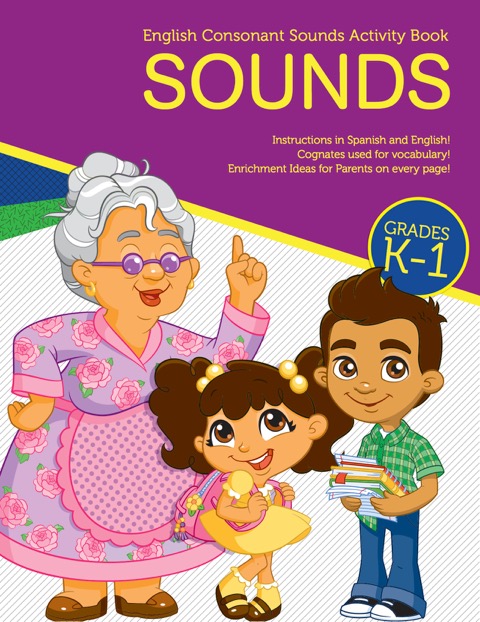Ms. Understandings: A Bigotón in First Grade
by Richard Villegas
As an elementary school teacher I get notes addressed to Ms. Villegas all the time. I’m a maestro
and male and a bigotón.
I inherited my bushy Chicano mustache from a long line of handsome Mexican men.
But despite this hirsute display, the immigrant parents and their children who
I teach still insist on using Ms. when addressing me. I don’t take it
personally, however. It’s funny. I make gender mistakes in Spanish all the time
and I have two degrees. English is just as tricky for them as Spanish is for me.
All of us are in a language dilemma.
Thousands of these misunderstandings occur everyday in and
out of my classroom. Sometimes the mistakes are harmless and hilarious. I had
to correct my first grader Adolfo when he thought I was repeatedly saying
“sexy” during math class. He was giggling like Bevis and Butthead as I taught
the lesson. I asked what was so funny. When he told me what he thought I was
saying, I corrected him immediately and loudly, “Set C! Adolfo! Set C not sexy!” I laughed
about it later that night.
On the other hand, so many other misunderstandings happen that
are never corrected because I’m not aware they are happening. This is
especially true for homework where children have to rely on Spanish-speaking monolingual
parents for assistance. Many of my students’ parents don’t read or understand
English. And even if they do, the parents don’t understand the logic of some of
the homework. They get confused by activities that ask students to color and
underline and circle and write and draw lines to different things at different
times. Often homework is returned to teachers incomplete or just plain wrong.
That’s why Jacky Recinos Krell, another veteran teacher, and
I created A B Sí Kids.
Our activity books help ease the language dilemma students,
teachers, and parents find themselves in during homework time. It’s the one
daily piece of paper that everyone gets to look at.
A B Sí
Kids creates work with instructions in both Spanish
and English. The phonics activities use cognates when possible (baby and bebe when learning the
letter B for instance) and provide tips at the bottom of each page (like
explaining to parents why drawing with details is important for children’s
writing in later grades).
A B Sí Kids
knows it takes a pueblo
to teach a child. We just try to make the pueblo have easier signs to read.
A B Sí
Kids materials can be found on Teacherspayteachers.com at the following
link:





No comments:
Post a Comment